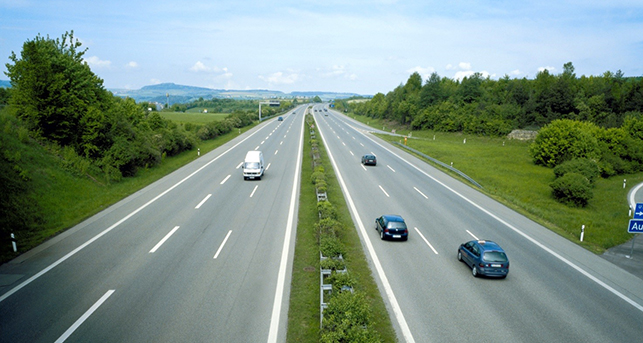Traffic accidents can be caused by different factors. By analysing these factors a method for incident risk management can be developed. This method can be used by traffic management centres to proactively reduce traffic incidents.
In two previous studies a method to apply the Palm distribution to the analysis of riskiness of different traffic and road weather conditions was developed and piloted on the Ring road I in Helsinki. The basic methodological idea was to compare the traffic and weather circumstances just before an accident with the Palm probability of the same circumstances. The notion of Palm probability comes from the theory of random point processes, and means the probability distribution “seen” by a randomly selected point of the point process, i.e. the driver in this case (in contrast to the stationary probability, which is the probability distribution seen at a random time point). If each car driver had a constant stochastic intensity of causing an accident, then the accident circumstances would follow the Palm distribution. The idea of the method applied here is to assess the influence of circumstances on incidents by comparing the incident circumstance distribution with the Palm distribution of circumstances: differences between these distributions hint at effects of circumstances on accidents.
The purpose of this study was to further study this method to identify road conditions where there is a heightened risk for traffic incidents. Another purpose was to further develop the method so that it could be applied to the whole country (instead of one road with high-quality monitoring data). The results should however be seen as preliminary as they have not been verified yet by any other methods. The data used were: estimated daily traffic volumes, traffic distribution classifications (variation factors), weather and road condition data and traffic accident data. From the input data two data distributions were computed, a Palm distribution and an accident distribution, and then statistically compared.
The study concluded that the method developed earlier can be extended to all main roads without meeting computational difficulties. Because relatively few segments are measured continuously with loop detectors, we could not use actual traffic densities per hour. Instead, these were replaced by estimates using traffic variation factors. The results were throughout credible and the identified risky conditions were similar to the findings of the Ring road I study.
The results suggest that the risk for an accident increased during the week and that there is a higher risk for animal accidents during the night and for vehicle-to-vehicle accidents during rush hours. For the influence of traffic volume, the results were not statistically significant. However, the data showed a higher risk of vehicle-to-vehicle accidents when the traffic volumes were high and a decreasing risk of animal accidents with increased traffic volumes. For the weather conditions, wind speed did not influence the risk for accidents and for temperature the risk for accidents was slightly higher for temperatures below zero. Yet, the overall road condition indicators “poor weather” and “hazardous weather” turned out to correspond roughly to risk levels 1.5 and 2.5, respectively. In addition to that, accident-prone road segments were identified, and are suggested to be further studied.
The study was part of the TransSmart program, which is coordinated by the VTT Technical Research Centre of Finland Ltd.
Report
Palm distribution of road conditions and its application in incident risk analysis on main roads in Finland
Authors: Ilkka Norros, Satu Innamaa and Pirkko Kuusela
Link to report in English (abstract)
 Contact: Contact:Satu Innamaa satu.innamaa@vtt.fi VTT, Finland |







Follow us: